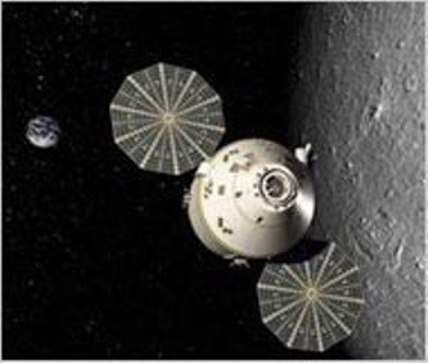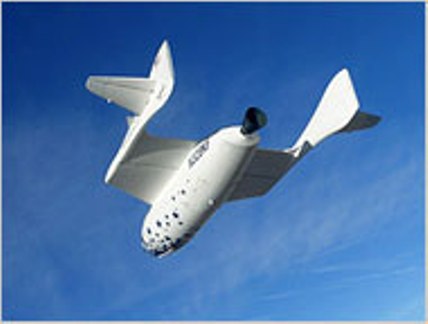Space Exploration to Moon or Mars and Beyond by 2020
Interesting Stuff, Wonderful ThingsThe goal: shuttle people to the moon a little more like Delta
President Bush’s call a few years back for a manned flight to the moon by 2020 prompted more than a few notes of caution from the space exploration community. “The success rate for bold new visions in human spaceflight is about the same as that for missions to Mars, namely two out of three fail,” Howard E. McCurdy,
Click on Read the rest for more SpaceShipOne and Orion’s Space Ferry…..
Orion, 2020’s space ferry
a space historian at American University, told The Times on the day it was announced in 2004.
Despite the ambitious proclamation, the president declined to provide a significant increase to NASA’s budget (his father’s plan for a manned spaceflight to Mars was scrapped after cost estimates grew to over $400 billion). Instead, the president said the fleet of space shuttles would be retired and replaced by a “crew exploration vehicle” that could ferry people more efficiently to the moon, where a launching pad for a future flight to Mars would rise.
The doubts at the time were fueled by a lack of technical details about the endeavor. Now, those plans are beginning to take shape. Popular Mechanics has just published an in-depth look at Orion, the name of the planned space ferry, complete with a list of features. They include a better heat shield, which was the Columbia’s Achilles heel, a system to allow astronauts to eject in the event of trouble, and better landing gear.
Michael Griffin, NASA’s chief, acknowledged that the design looks a bit retro, a sort of “Apollo on steroids.” Scott Horowitz, a NASA engineer added: “Sure, we’d love to have antimatter warp drive. But I suspect that would be kind of expensive.”
Some critics cited SpaceShipOne, the first privately financed space plane, as an example of a more ambitious design
After years of spending our nation’s space budget building an orbiting space station of questionable utility, serviced by an operationally expensive space shuttle of unsafe design, NASA has set a new direction for the future of human spaceflight. Once again, we have our sights on the Moon … and beyond. We are finally, bodily, going to make our way into space, this time to stay.
The kick-off question: Is it worth going back to the moon ?


